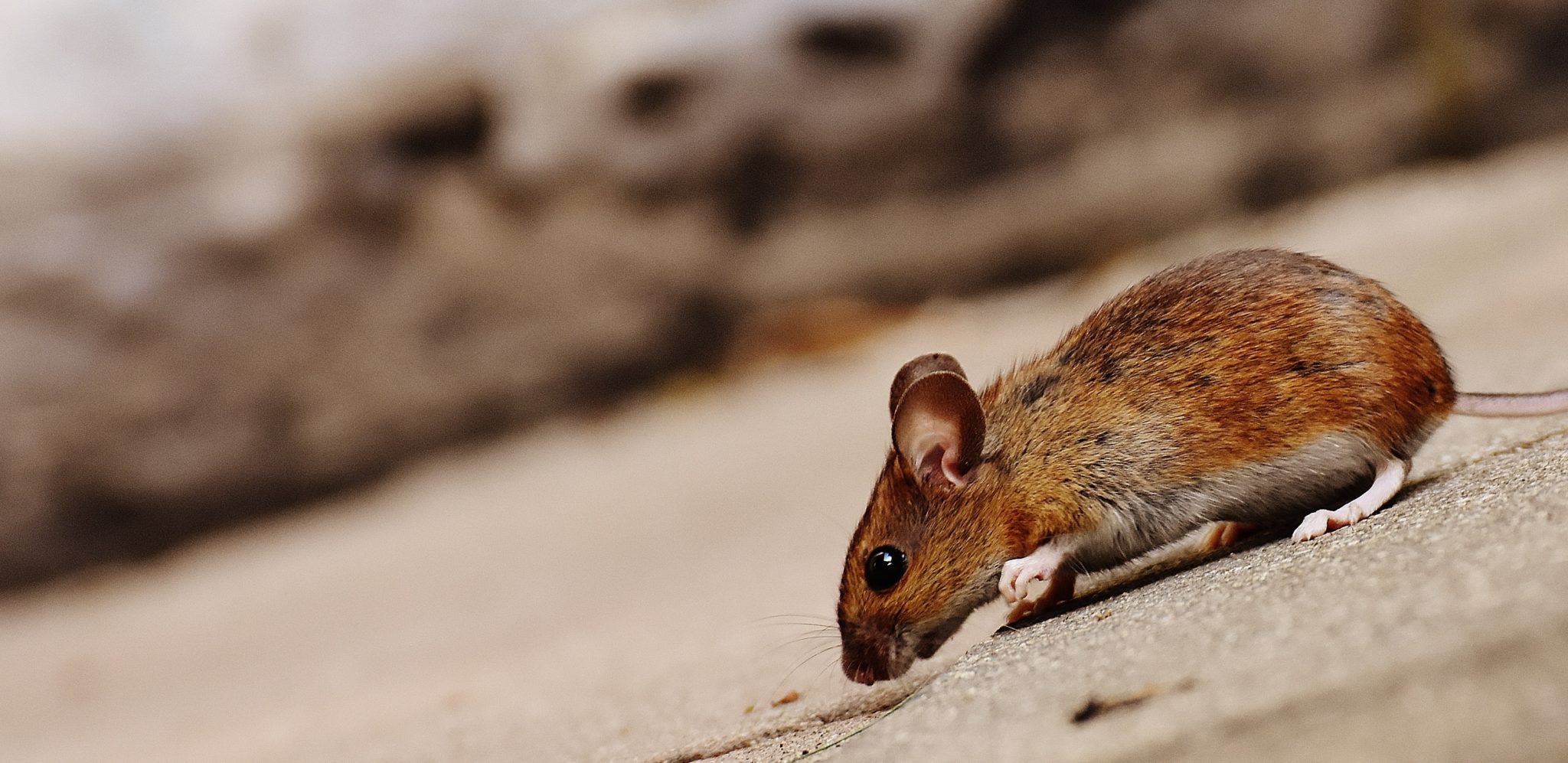By Madison Grimm
Integrated pest management (IPM) is the industry best practice-driven approach that exhausts all non-chemical methods of control prior to considering the use of chemical pest management materials. The practice of IPM is rooted in inspection, the key to identifying the source of an issue, which may be corrected with exclusion and other non-chemical techniques for longer-term control. IPM attempts to find and eliminate the root cause of the pest problem rather than solely treat the symptoms.
For IPM programs to see success, there must be a strong relationship between the client and pest management provider. An effective program strategy is based on technical knowledge and is enhanced by strong client-provider communication.
A common misconception of pest management professionals (PMPs) is that they simply check traps and kill bugs. While that is part of the process, there is much more involved.
Steps in the IPM Process
No IPM process is identical, as every company’s pest control needs are unique, but all typically follow similar steps:
Inspection
Inspection is the anchor of a strong IPM program. Effective inspections are tailored to the client’s industry and their specific pest pressures. For example, hospitality and hotel clients often have different needs than retail clients.
Assessment
Thorough inspections allow the PMP to identify major pest problems at a facility. As part of the inspection, the PMP will look at what attracts pests and how they’re gaining access.
Exclusion
This is the most effective long-term measure of pest prevention available. Exclusion keeps pests from entering facilities in the first place. The PMP uses analysis from the previous step and implements exclusion methods based on where pests are entering. They will also consider all particular behavioral characteristics and area specifics.
Treatment
IPM emphasizes trying all non-chemical methods of pest control before other types of treatments. Examples of non-chemical methods include exclusion, baiting, and trapping. Chemical methods should be used for persistent problems or isolated locations only, and just enough to correct the problem in the exact location where it’s needed.
Monitoring
While PMPs can handle most steps in the IPM process, strong collaboration is still an important piece of the process. The owner of the facility and all employees should be aware of signs of pest problems and promptly relay that information back.
Documentation
Documentation is proof of a strong IPM program. It can take many forms, from detailed service reports to trap layout maps. When clients are audited by a third-party, it is helpful to have detailed documentation of the pest management program. Documentation makes the difference between a good pest management program and a better one.
Client Responsibilities
There’s no magic potion to prevent pest presence, but having a proactive program in place can help reduce the chance of infestation. IPM requires client teams—including corporate members, store management, and all employees—and the pest management provider to be on the same page and work together against pest problems.
Client Best Practices
Below are some of the best practices management and staff—at every level—can implement to reduce the risk of both pest infestations and regulatory problems:
- Talk to the service technician during every service visit. As part of the client partnership, it is important for management to inform the PMP where pests have been sighted. Then, work with them to identify any issues or areas for improvement that may need attention.
- Inspect incoming product and pallets as they are removed from delivery trucks to ensure no pests or infested items are brought into the store. Common evidence of pests includes product damage, droppings, mouse nests, and live or dead insects under the shrink wrap.
- Look for openings that pests can use to enter the store. This can range from a propped door to structural openings and cracks and holes where light is coming through. It is critical to fix the problem as quickly as possible, and certainly before dark, as many pests enter facilities at night.
- Make sure the inside of your facility is cleaned thoroughly every week, especially in difficult to reach places. Many pests, such as flies, mature in 7 to 10 days, so monthly deep cleaning won’t suffice in infestation prevention. On a weekly basis, employees should clean drains with a stiff brush, and vacuum or sweep up any spillage on and under shelves and in corners of racks and equipment.
- Remove Get rid of anything that is not needed in the store. Cockroaches, rodents, and other pests are difficult to control if they have clutter to hide in or use for nests.
- Train new employees on the importance of pest reporting to managers and service technicians, the importance of pest exclusion, and the importance of store cleanliness and sanitation.
IPM Education Resources
To learn more or to educate your teams on the importance of and process behind IPM, download our free IPM guide. If you have questions about IPM or would like to know more about the different programs Copesan offers, contact us today.
Watch our Integrated Pest Management Basics video on YouTube!

